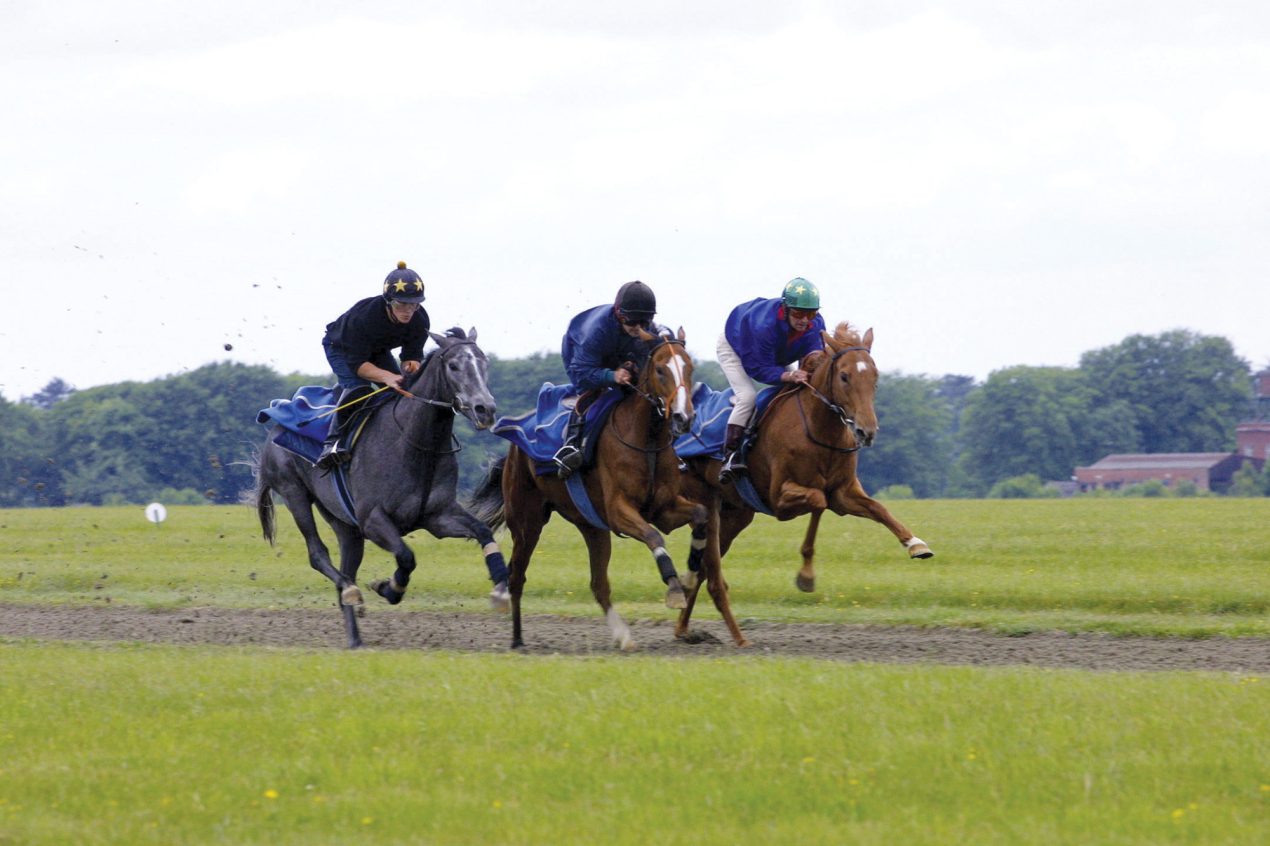Gut Microbial Diversity And Athletic Performance
Gut bacterial communities are known to have an influence on the health of humans and animals, with growing evidence of the critical role of early life gut microbial communities on immunity and disease susceptibility. Until now, the influence of foal gut bacterial communities on future health and performance has been unclear. However, critical windows have previously been discussed in other species, where a period in early life determines future health outcomes. A recent study carried out by Dr Christopher Proudman and colleagues at the University of Surrey in the UK, followed a large cohort of Thoroughbred foals bred for racing, over the first three years of life, to determine associations between early-life gut bacterial communities and future health and athletic performance.

The longitudinal study observed 52 Thoroughbred foals bred for racing. Faecal bacterial community structure was identified at nine timepoints over the first year of life (at ages 2, 8, 14, and 28 days, and at 2, 3, 6, 9, and 12 months). For each foal, respiratory, gastrointestinal, orthopaedic and soft-tissue health events were tracked from birth to three years old. Performance data was also acquired for every participation in a regulated horserace up to three years of age, including official rating, average prize money, and average race placings.
This study identified a “critical window” for gut bacterial diversity at around 28 days of age. Greater bacterial diversity at 28 days was associated with a reduced risk of future respiratory disease. There was also a greater incidence rate of soft tissue and orthopaedic health events with low bacterial diversity in early life.
Regarding future racing performance, greater gut bacterial diversity at 28 days was associated with improvements for all three measures of performance.
This study also investigated the long-term consequences of antibiotic treatment in early life, as antimicrobial use is known to decrease gut bacterial diversity. This was confirmed in the current study, where foals receiving antimicrobial treatments during their first month of life had significantly lower faecal bacterial diversity at 28 days old. This was associated with an increased risk of respiratory disease, which was positively associated with the abundance of the bacterial family Pseudomonadaceae. In their subsequent careers, average prize money earnings were significantly lower.
This provides evidence for the detrimental association between antimicrobial treatment in the first month of life and future health and performance outcomes. Possible interventions should be considered to enhance the hindgut bacterial diversity of young horses, particularly around the 28-day old mark.
Whilst this study identified associations between gut microbial community structure and health and athletic performance, it cannot account for the causality. Some associations are consistent with the observed relationships being causal. It must be considered that the relationship between gut bacterial diversity at one month old, antibiotic treatment and respiratory disease in later life could potentially be confounded by the disease that was the cause of antibiotic treatment. However, in this dataset, the antimicrobial administration in the first month of life was not related to respiratory disease, so this is likely not the case.
This study did not consider mare associated factors that could influence colonisation of neonatal gut. It would be of interest for future research to investigate how the dams diet, health history, and milk microbial composition are associated with foal gut colonisation and health outcomes.
Microsteed™
Microsteed™ is the equine nutrition calculator and ration evaluator developed by Kentucky Equine Research to assess total dietary intake of nutrients from feed, forages and supplements.
Gro-Trac®
Gro-Trac® is the first equine growth-monitoring software that allows breeders to compare the growth rates of their stock with those of young horses of similar age, sex and breed from the same country, or from around the world.












